Teaching What Matters in U.S. History Classes
A MiddleWeb Blog

If nothing else, the turmoil does help motivate me by reminding me about why what I do matters.
These ongoing debates about what we teach in U.S. history also remind me of a question a student once asked me:
“Ms. Brown, how do you know all this stuff?”
I was struck by the question because it revealed much about the state of education, at least for this students’ past experiences. I remember answering the question by pointing out that it was my job to “know this stuff.”
As I recall, the question was not in reference to anything esoteric. It was in response to some basic content about U.S. history. That this student was surprised or impressed by my knowledge says far less about me and more about his other teachers. Didn’t they “know stuff” about what they taught?
Blogger Dave Stuart, Jr. has written eloquently on this key point made by John Hattie of Visible Teaching fame. Part of what makes teachers credible in the eyes of their students is “Do they know their content?” I continue to be bewildered as to why more people in education do not recognize this.
Content versus caring
In fact, I often sense that stressing content is not just unpopular but viewed as bad teaching. Consider the memes and posters displayed in teacher lounges:
- You don’t teach a subject, you teach a child.
- Students won’t remember what you taught them, but they’ll remember how you made them feel.
- Students don’t care how much you know until they know how much you care.
All of the above points have merit; of course we need to keep students at the center of what we do. Our relationships with students matter deeply (and are another part of what John Hattie has documented as making a teacher effective.)
As much as I love my subject, what was missing above all last year on Zoom was the presence of kids. Teaching a subject I love to student names in black boxes from my dining room table just didn’t cut it.
But kids aren’t terribly interested in sitting in anyone’s classroom if they don’t feel like they are learning anything. They may like a “fun” teacher who relates to them, but at the end of the day, students will recognize that Mr. Fun is fun and Ms. Nice is nice, but they didn’t learn much in either of those classes.
Skills over content
Another criticism about stressing content centers around the argument that skills are what should be emphasized; that the content we teach in history doesn’t matter as long as we are teaching students to think critically.
But think critically about what? If we have learned anything from the culture wars this year, it is that too many Americans do not know their history.
This summer I delved deeper into questions raised by Natalie Wexler in an article about K-5 education she wrote for AFT’s American Educator magazine. I also read her book The Knowledge Gap: The Hidden Cause of America’s Broken Education System and How to Fix It – a title sure to rankle many teachers.
Wexler writes about the importance of knowledge in creating stronger readers. My takeaway? There needs to be more social studies teaching at the K-5 level and history teaching needs to focus on providing students content.
Wexler connects this second point to an implicit belief so many teachers have about education:
[Education]…should be a natural, pleasurable process and that learning or (heaven forefend) memorizing is inherently boring and soul-destroying. And if teachers directly impart information…they will produce automatons who can regurgitate disconnected facts but are unable to think critically about them.
Of course we all know such “soul-destroying” teaching actually exists (just cue the famous clip from Ferris Bueller’s Day Off). But if the protests about George Floyd last summer – or this summer’s debates about critical race theory in the classroom – taught us anything, it’s that knowing stuff matters.
The stuff we should be teaching
Consider comments I’ve heard from people when learning about the 1921 Tulsa Race Massacre for the first time during this 100th anniversary year. Why don’t they teach this stuff in school? they wonder. Or reactions to the rise in hate crimes targeting Asian Americans and people’s lack of knowledge about the Chinese Exclusion Act and the 1965 Immigration Act that forever changed our nation’s demographics.
This summer, in the wake of anti-Asian hate crimes, Illinois became the first state to pass a law requiring schools to teach Asian American history as part of the curriculum. It won’t go into effect until next school year, but I will be teaching some this week.
I teach about the annexation of the Philippines and about the Chinese on the railroads and Japanese American internment – NOT because it serves some political purpose or because of a state mandate (I first started teaching about these topics over 25 years ago) but because they are important to a clear understanding of United States history and because they are interesting.
Teach what is important and what is interesting. Most of the time, they are both.
What is as important as how
Maybe, just maybe, all this debate among politicians tells us that what we teach is at least as important as how we teach. One of the key takeaways of Natalie Wexler’s book is that it takes time to build up content knowledge in our students. Reading scores in schools that have adopted a focus on knowledge don’t always go up as quickly as one would like.
The same is true of becoming a knowledgeable teacher. My dear friend and mentor used to quip that it took an entire career to come up with 180 good lessons (the number of teaching days in our school calendar). I will add on to that – from the teaching perspective – it takes quite a few years to learn a subject like U.S. history in depth.
This is an especially tough pill for beginning teachers to swallow. When I work with pre-service teachers they want to know how to create “exciting” and “relevant” lessons. If I sigh, it’s because it isn’t easy to do that if one doesn’t know the subject well. We tell our students, consult the text for evidence. So too we must tell ourselves: read a good history book.
The good history books I read – in addition to being a pleasurable summer activity while swinging in the hammock with an iced tea – do much to inform my lessons. They provide an added layer of depth. The knowledge I gain from reading the work of historians (and not just the work of practitioners) becomes the tinder I can use to light up my lessons. Content becomes the fuel that feeds actual critical thinking and helps my students see and understand more about the complex world in which they live.
ALSO SEE:
















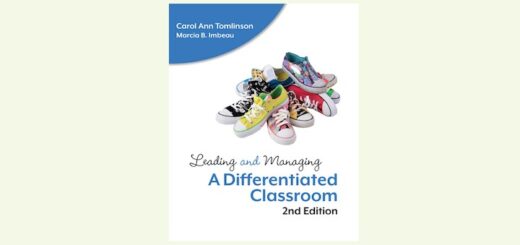
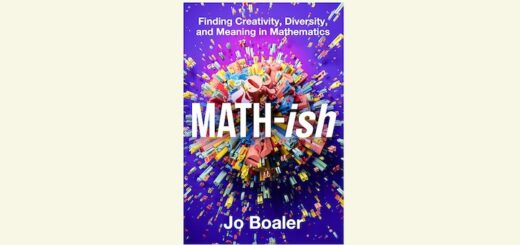
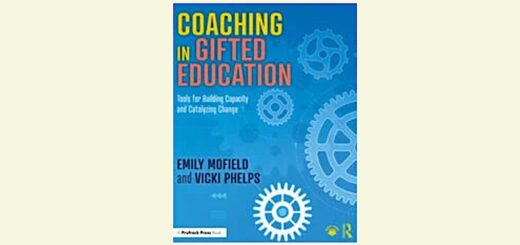
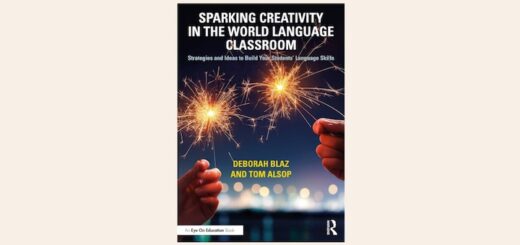
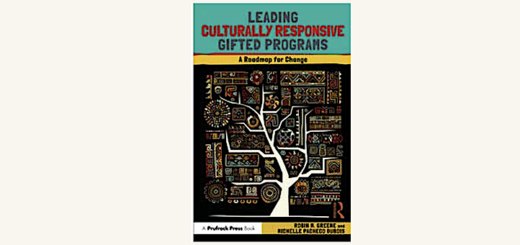
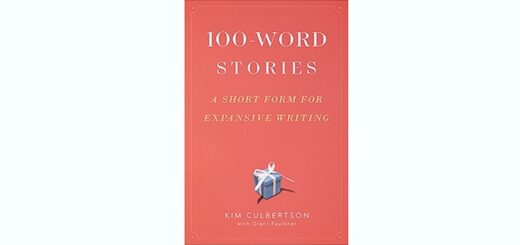
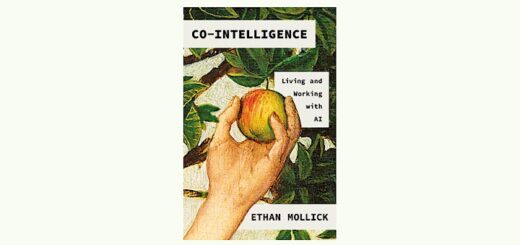
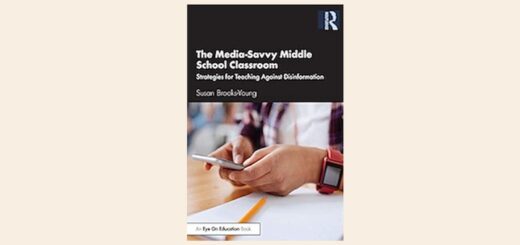
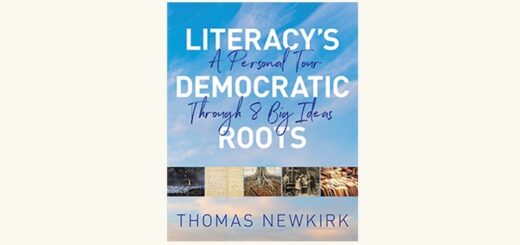

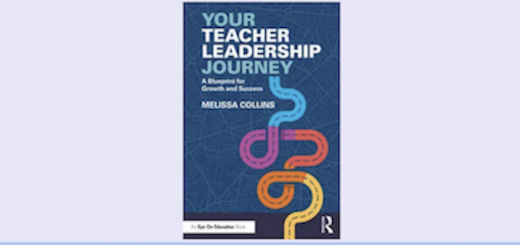
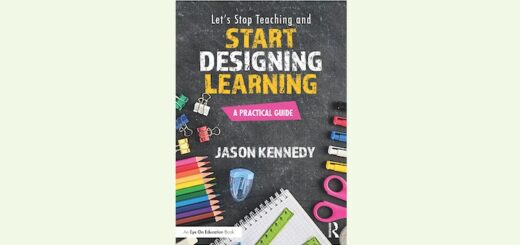
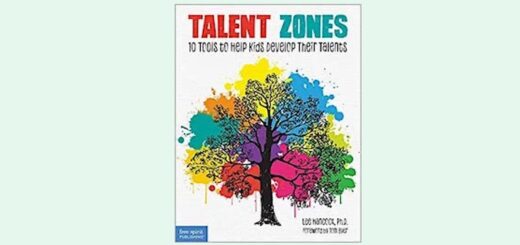
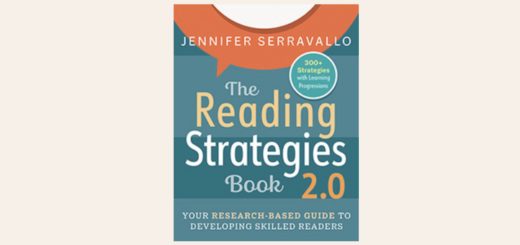
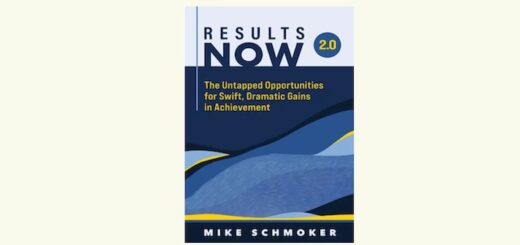
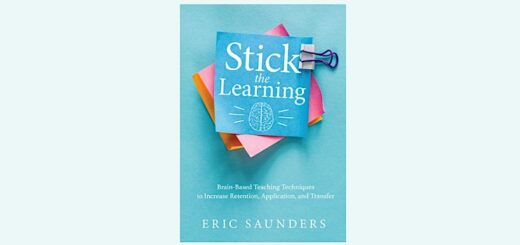
Yup —– taught US History from 1965-1970 in Rialto, Calif. Use paper back program with AP classes —— Harvard Series on US History and all kinds of current ( at the time) books and pamphlets. I still have the materials and they are still relevant ———- do you want them or know someone who ( a person or school) would like to have and review?
I thoroughly agree that teaching U.S. History is one of the most ill-delivered content areas, due to content and context. History contains lessons. Unfortunately, the ways history is taught now, there are no life lessons to be learned. Students learn dates and events. That’s not history. They aren’t even soundbites in history.
There is not much to learn from, and move forward towards when there are no acknowledged mistakes along with triumphs. No other subject in school can illuminate the human spirit, resilience and tell so much of life’s universal lessons than authentically told history—so packed with SEL.
At the middle grades level, young learners need to understand how we learn from history, as it helps them navigate their newly awakened peer focus and the search for self. As a nation, we have become too comfortable with ‘his-story’ that people are intimidated by the idea of true stories. Stripping politics from education, it is the teacher within that system who serves as the ‘gatekeeper’ to truth and reconciliation, and the lighthouse that helps youngsters steer their lives into more enlightened tomorrows.
Terry, thanks for your offer, but I am set with more materials than I need. I’m sure there is someone near you that would love to have your materials or donate them to a local school.
Jadonnia, thank you for your eloquent and thoughtful response. I share your view about history being packed with SEL, (social emotional learning). It has often occurred to me that students learn far more about social emotional issues from the content of my history class than they do from the lessons I am provided by an outsourced provider that I use during my advisory class. And teachers absolutely play a key role in “gatekeepers: to truth and reconciliation. To pretend otherwise ignores a wonderful opportunity.
Jadonnia and Lauren, I think you are spot on calling teachers the “gatekeepers of truth and reconciliation.” I have never taught secondary school history, but if I did, I would hope I had peer teachers like you to guide me. Particularly in this volatile time, it is imperative for educators to utilize our history to inform our future choices.
Thank you, Debbie. Though I must say, it is a bit unnerving in such divided times to have that responsibility. A tweet I saw last year said it best. Something to the effect of, “anyone else getting tired of trying to uphold democracy”?
You are so right, Lauren, but I think it’s a worthy effort. Keep encouraging educators to stay fully informed, to learn all the can, and to try and stay out of the political arena.
oops. “to learn all they can,”
Hello! I’m wondering if anybody out there has done CER as their SLO??? I’m a 7th grade US History teacher in Wisconsin. Can anyone share insight if you have used claims, evidence and reasoning for your EEP student learning objective?